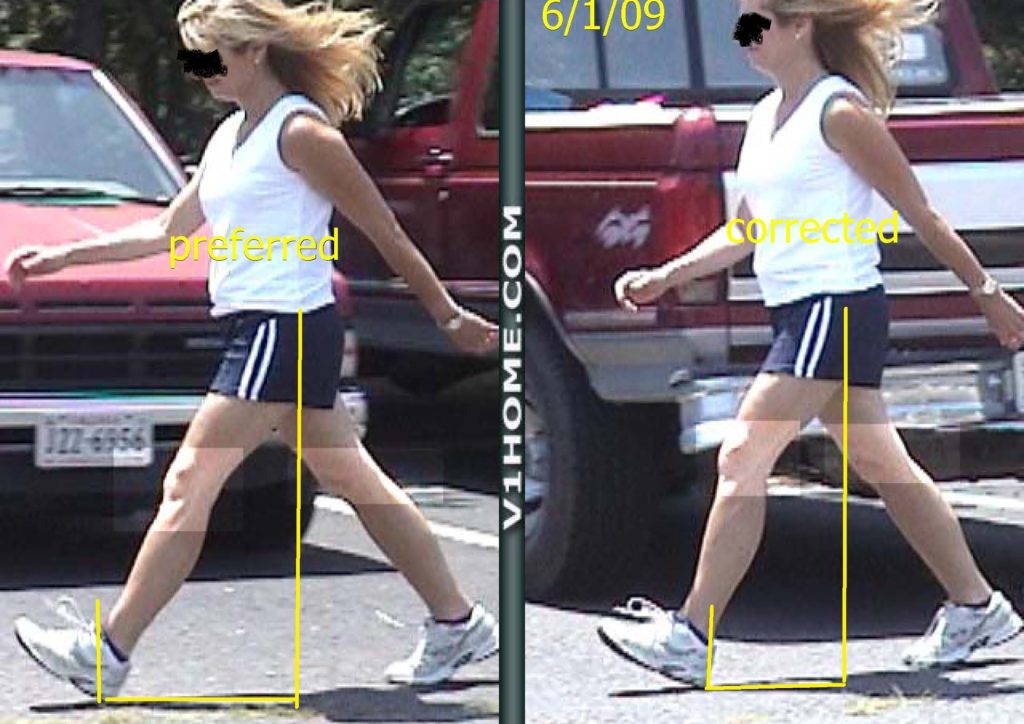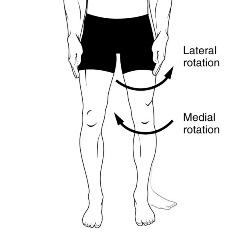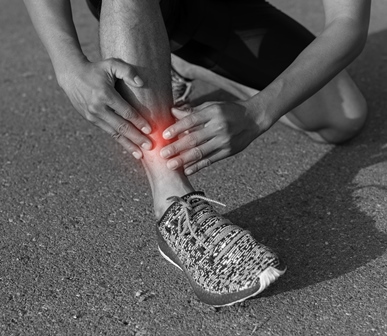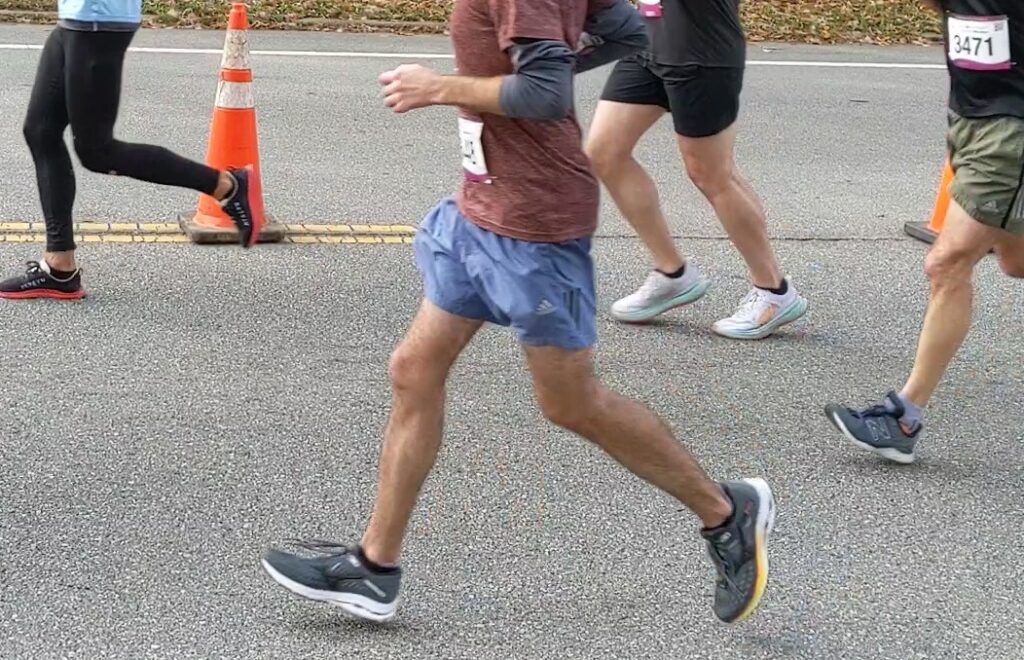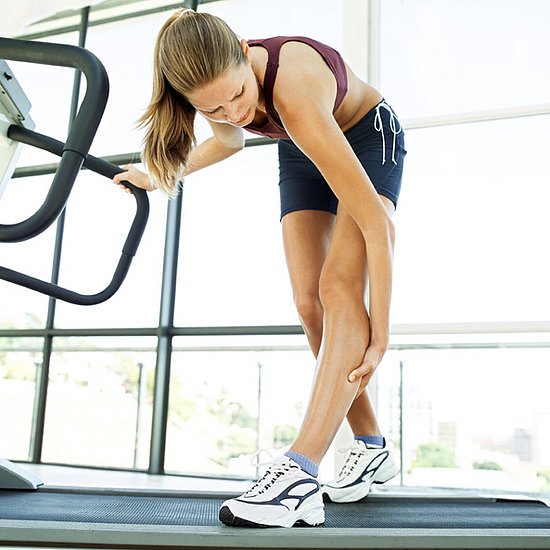Posts Tagged ‘Too Long Stride’
Cuing to Alter Gait Deviation of Too Long a Step
Cuing to Alter Gait Deviation of Too Long a Step Mathematics helps explain walking or running faster. Step length X steps per minute = speed. In order to move faster there are 3 opportunities take longer steps or strides, increase the steps/minute (cadence), or do both longer steps and a faster cadence. Taking longer steps/stride…
Read MoreKnee Pain Wringing Out – Gait Deviation
Knee pain can develop because of a “wringing out”. I am not referring to banging a bell ring, but the counter-rotation motion that can occur at the knee joint. The knee joint consisting of the thigh and lower leg moves on three different planes of motion. The knee can flex and extend. The knee can…
Read MoreBack Pain Dilemma – Keep on Walking
Walking is commonly recommended by many medical professional associations for management of back pain. Walking is purported to be beneficial counteracting the potential deleterious effects of bed rest, maintaining functional abilities, stimulating use of spinal core muscles, keeping the general benefits of aerobic exercise, and providing pain reduction effects. Pain Walking can provide relief to…
Read MoreGait Analysis – Examination and Treatment of Shin Splints
The manner in which you walk or run can be a factor contributing to a repetitive use injury of the lower extremity. Pain in the lower leg, commonly called shin splints, occurs in response to a variety of activities including dancing, jumping rope, walking, and running. Novice runners and individuals with poor fitness level frequently…
Read MoreRecovering from lower leg, ankle, heel injury using treadmill
A basic concept for treating any repetitive use injury is rest and avoiding the activity; whether it is a running injury or elbow pain from opening too many beer bottles. However for many individuals a period of rest and avoiding the activity can disrupt an active life style, and sometimes adversely affect a career. Individuals…
Read MoreShock – Injury – Cadence – Quiet
How hard a walker or runner impacts the ground can be described with several biomechanical terms, including vertical impact loading rate, braking impulse force, and shock. Scientists have determined it is not the magnitude of force, but the rate at which the force is transmitted from the ground to the foot and leg that is…
Read MoreShin splints – shock absorption, stride length
The term shin splints refer to a painful condition that develops in the lower leg, usually along the tibia bone, in response to exercise or activity. Shin splints are a common problem for novice runners, dancers, field hockey, basketball, baseball and tennis players, and even walkers. Shin splints can be classified into different problems including: tendonitis,…
Read MorePain on Bottom of Heel: Faulty Shock Absorption
Pain on the bottom of the heel (Plantar Heel Pain) is a complex problem with variable diagnoses and explanations. And, with variable diagnoses there should be variations in treatment. Unfortunately, the common treatment recommendations do not recognize such variability. Not all pain on the bottom of the heel is the same and not all pain…
Read More
